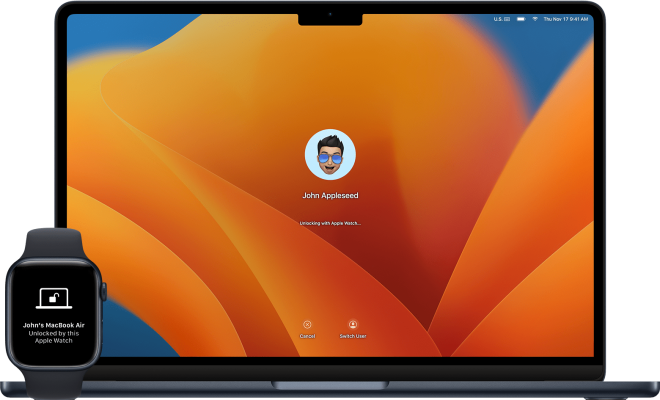Upgrading to the iPhone 14 Means Saying Goodbye to Your SIM Card

The launch of Apple’s iPhone 14 has brought several key changes in smartphone technology. One major change is the elimination of the traditional SIM card slot, making way for eSIM technology to become the new standard. This article explores what this means for iPhone users and how it impacts the overall smartphone experience.
What is an eSIM?
An eSIM, short for embedded SIM, is a small chip built into a device instead of using a removable plastic SIM card. It stores subscriber information digitally and can be easily reprogrammed to connect to different networks. By adopting eSIM technology, Apple aims to make the switch between carriers more seamless and space-efficient.
Benefits of eSIM
1. Space saving
Without the need for a physical SIM card slot, the iPhone 14 boasts a sleeker design and allows Apple to utilize the extra space to improve other aspects of the device, such as battery life or additional features.
2. Convenience
Users no longer have to swap out physical SIM cards or worry about losing them when switching between carriers or plans. The process of changing networks now becomes as simple as scanning a QR code or entering carrier information through an app.
3. Enhanced connectivity
As eSIM technology enables support for multiple profiles, users can have dual connections in their iPhone 14, combining personal and work numbers without compromising on connectivity features.
4. Travel-friendly
With eSIM compatibility, users can easily switch to local carrier plans when traveling abroad without having to purchase and insert a local SIM card.
Considerations for Switching to an iPhone 14
1. Network compatibility
Before getting an iPhone 14, it’s crucial to ensure that your carrier supports eSIM technology, as not all carriers have implemented it yet. However, major carriers worldwide are increasingly embracing this tech.
2. Device compatibility
eSIM-equipped iPhones will not be compatible with older SIM-based devices. Consequently, switching to an eSIM-enabled iPhone 14 may pose issues when trying to transfer contacts from a SIM card or using your iPhone as a backup for an older phone.
3. Resale value
As eSIM chips are built into the device, they are harder to replace or fix if any damage occurs compared to traditional SIM cards. This potential difficulty might impact the resale value of your iPhone 14 in some cases.
Conclusion
The move towards eSIM technology by Apple signals a significant shift in smartphone design and functionality. While there are some important factors to consider before making the switch to an iPhone 14, it is undeniable that eSIM technology presents several advantages that could enhance the overall user experience. As more carriers and manufacturers adopt this technology, we can expect the landscape of mobile connectivity to keep evolving in new and exciting ways.



